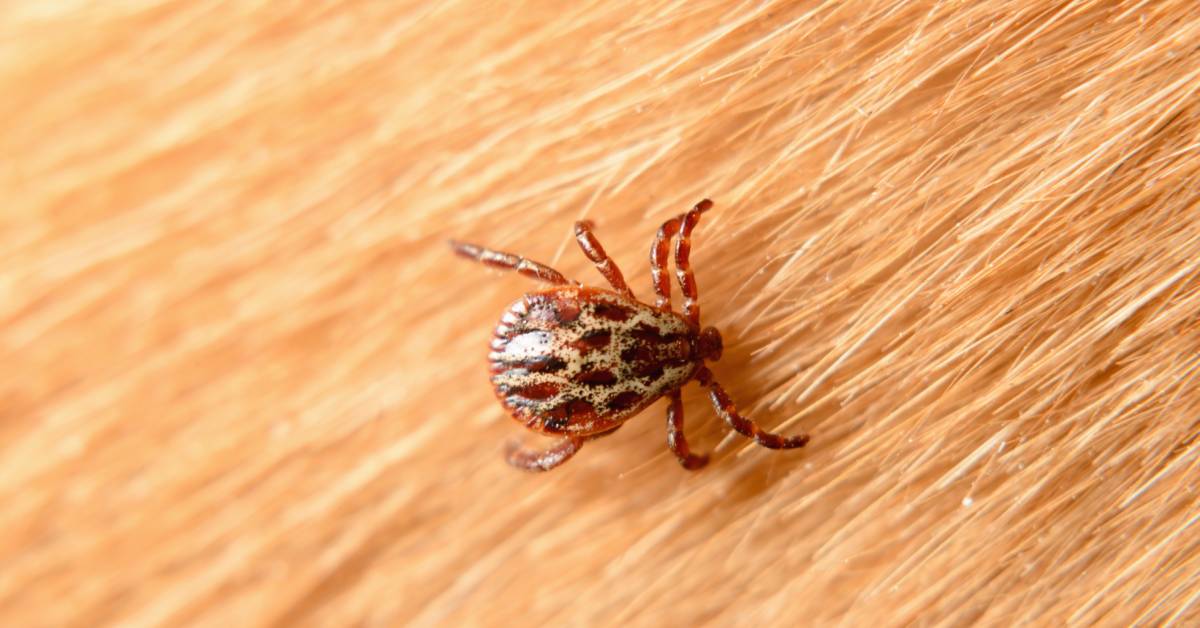4 Tips for Keeping Your Dog Free From Tick-Borne Diseases

Protecting your dog from tick-borne diseases is crucial for ensuring their health and well-being. Ticks can transmit various diseases, including Lyme disease, ehrlichiosis, and anaplasmosis, which can have severe consequences for your furry friend. Let’s explore some tips for keeping your dog free from tick-borne diseases.
Regular Tick Checks and Grooming
Regularly checking your dog for ticks and keeping them well-groomed is vital for preventing tick-borne diseases. Start by inspecting your dog’s body thoroughly, especially in areas where ticks typically hide, such as near the ears, neck, underbelly, and between the toes. Run your fingers gently through their fur and along their skin, feeling for any unusual bumps. If you find a tick, use tweezers to grab the tick at its head—not on its body—and steadily pull up, without twisting.
Regular grooming also helps make it less likely for ticks to latch onto your dog. Brushing your dog’s coat not only removes loose fur and dirt but also allows you to spot ticks early on. Bathing your dog with tick-repellent shampoo adds an extra layer of protection.
Effective Preventative Measures
Implementing preventative measures can reduce the risk of tick-borne diseases. Various products are available to keep ticks at bay, including collars, topical solutions, and oral medications. Tick collars release active ingredients that deter ticks and provide long-lasting protection. Topical solutions, applied directly to your dog’s skin, kill ticks on contact and prevent infestations. Oral medications, administered monthly, offer systemic protection by killing ticks that bite your dog.
Consult your veterinarian to determine the best tick prevention option for your dog, considering factors such as their age, size, and lifestyle. Combining different preventative measures often provides the most comprehensive protection.
Environmental Control
Controlling the environment your dog frequents significantly reduces tick exposure. Start by maintaining your yard to make it less attractive to ticks. Keep grass short, trim bushes, and remove leaf litter, as these provide habitats for ticks. Creating a barrier of wood chips or gravel between wooded areas and your lawn helps prevent ticks from migrating into your yard.
Consider treating your yard with pet-safe insecticides to target ticks. Additionally, discourage wildlife, particularly deer, from entering your property, as they often carry ticks. If you take your dog on hikes or walks in tick-prone areas, stick to the center of trails and avoid tall grass and dense vegetation.
Early Detection and Veterinary Care
Early detection of tick-borne diseases can significantly improve your dog’s chances of recovery. Be vigilant for symptoms such as lethargy, loss of appetite, joint pain, fever, and swollen lymph nodes. If you notice any of these signs, consult your veterinarian immediately.
Regular check-ups with your veterinarian ensure early detection and timely treatment. Your vet can perform blood tests to identify tick-borne diseases and recommend appropriate treatments. Staying proactive and addressing potential issues promptly keeps your dog healthy and free from tick-borne illnesses.
Vigilance Is Key
By following these tips for keeping your dog free from tick-borne diseases, you can ensure their health, happiness, and overall well-being. Staying vigilant and proactive regarding the dangers of tick bites in pets will keep your furry friend safe and healthy for years to come.





